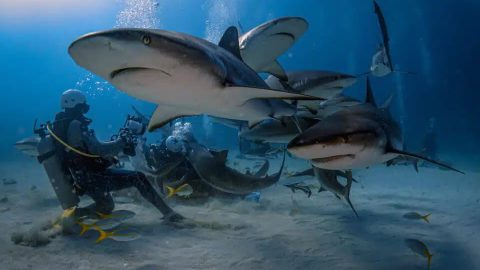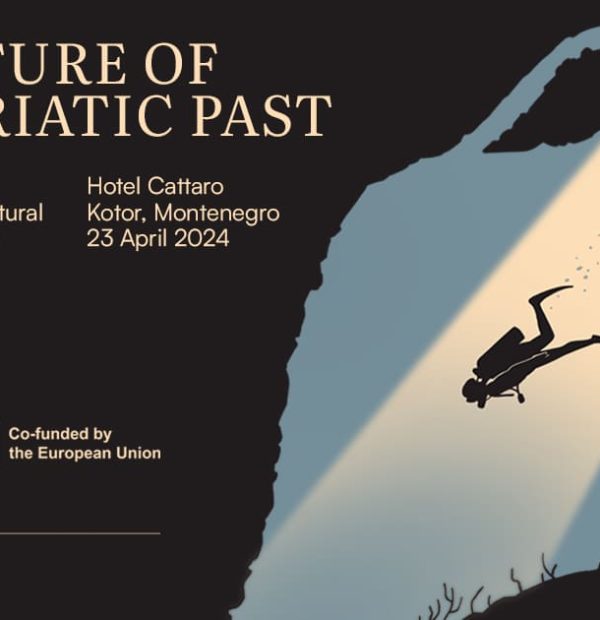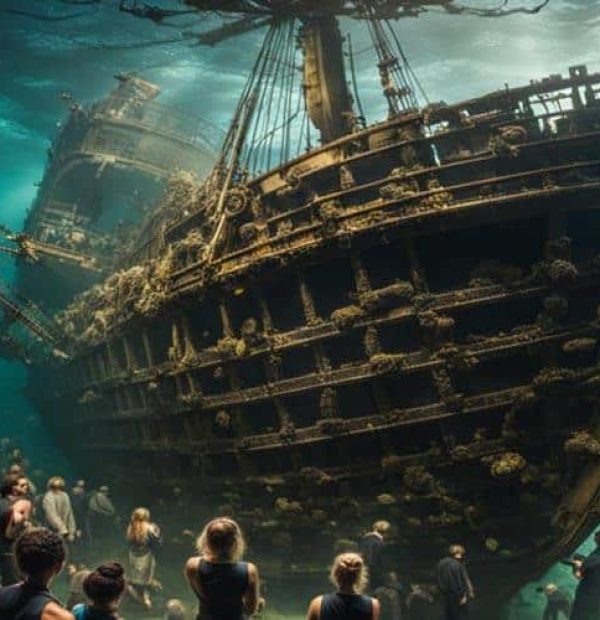Thursday, 16 May 2024
Menu

As part of the aforementioned ‘Project Recover’, a group of enthusiasts are using the latest technology to search for American aircraft shot down in the Pacific during World War II and restore the identities of missing pilots. It was a long and arduous process until they joined forces with Scripps Institution of Oceanography-UCSD and The University of Delaware. The results of their work together have been wonderful.
For their search work, the researchers use equipment such as an autonomous robot equipped with sonar and a camera system to search the seabed. In March 2014, they were able to use this method to find two aircraft that disappeared into the depths of the Pacific during World War II.
“It was certainly an extraordinary experience. To know that you are the first person to reach the wreck after 70 years,” said Eric Terrill, a searcher with Scripps Institution of Oceanography
Project activities are concentrated in Palau, an island archipelago in the western Pacific. This is where the most intense hostilities in the region took place.
In one month alone, 5 000 people died in the battles for the island of Peleliu. Historians estimate that more than 30 different machines were sunk in its vicinity. This includes ships, planes and boats. Participants in ‘Project Recover’ claim that the remains of around 70-80 soldiers can still be recovered from the wrecks.
“The only thing worse than taking part in a war is taking part in a war, dying and being condemned to oblivion. For the families of these victims, this is the greatest drama,” says Casey Doyle, a volunteer helping with the project
It all started in 2010, when Terrill and Mark Molne from the University of Delaware began making regular visits to Palau. They studied maps of currents and tides around the archipelago. The explorers used advanced technology to study the impact of super typhoons on coral reefs and climate change on the island.
On one of their treks, they met Patrick Scannon, founder of the nonprofit group BentProp, whose goal was to find and send on a final journey, any member of the US forces who did not return home. The BentProp folks relied primarily on historical accounts and information gleaned from dives. In this way, they had been mapping the ocean floor since the early 1990s.
It was immediately clear to Terrill and Mark that the above-mentioned activities were tedious and time-consuming work. Fortunately, they soon realised that with their equipment and experience they could help a lot. The next step was to combine their historical knowledge with the possibilities offered by modern equipment. In this way, it was determined where the currents could move vehicles lost during World War II. In 2012, they joined forces and the eponymous ‘Project Recover’ was born.
During their work, the searchers use a fleet of AUV – Autonomous Underwater Vechicle – robots that carry equipment capable of recording things like coral reefs, elements of marine life and, of course, lost wrecks from the war. In addition, the robots are able to create detailed maps of the seabed from the recorded data. This is made possible by a system that involves emitting sound waves (45m in each direction from the device). The waves bounce off the objects encountered and return to the device, creating a picture of what is under the water. In addition, the different frequencies and strengths of the reflected waves make it possible to determine, for example, what type of object we are dealing with.

“Some of these planes crashed into the water surface at 240km/h, so they no longer look like what they were. To the human eye they are very similar to an ordinary coral reef, but if we inspect them with our AUVs we are able to quickly determine what material we are dealing with, ” explains Mark Moline
Once the bottom has been thoroughly mapped, the next step is to send out a team of divers to look around and search the entire search area thoroughly. This is how the Avenger bomber, missing for 70 years, was found in March. One soldier managed to escape from the falling machine, but two of his colleagues died.
During the search of the search area, the wreckage of another aircraft, the F6F Hellcat, was also found near the wreckage of the bomber. Thanks to detailed reports from the sites searched within the framework of ‘Project Recovery’, it was possible to attract the interest of the relevant American services, which deal with the recovery of wreckage and remains of soldiers. Now it is they who can step in, so that the families of the victims can find out what really happened to their loved ones, and so that they can bury them with dignity.
Source: bentprop.org, ucsd.edu/projects/projectrecover










Welcome to DIVERS24.COM, your daily source of scuba news, freediving, scuba diving information, and equipment reviews. Our comprehensive coverage of the dive industry from A to Z provides you with all the latest scuba news, training updates, underwater photography tips, and everything else related to scuba diving. Whether you’re a beginner or an experienced diver looking for more knowledge about scuba gear or techniques – we’ve got it covered! With our in-depth articles written by experienced divers who have been there and done that, you are sure to find exactly what you need here at Divers24.com. Dive into scuba news today!
Underwater Media Sp. z o.o.
Szafarnia 11/F8,
80-755 Gdansk, Poland
Welcome to DIVERS24.COM, your daily source of scuba news, freediving, and scuba diving information. Sign in for a weekly news update and discount coupons for dive gear and apparel.
@2023 - underwatermedia.pl. All Right Reserved. Designed and Developed by Tworzenie stron internetowych Gdansk

The Divers24 portal is currently the largest online medium treating diving in Poland. Since 2010 we have been providing interesting and important information from Poland and around the world on all forms of diving and related activities.
Contact us: info@divers24.com